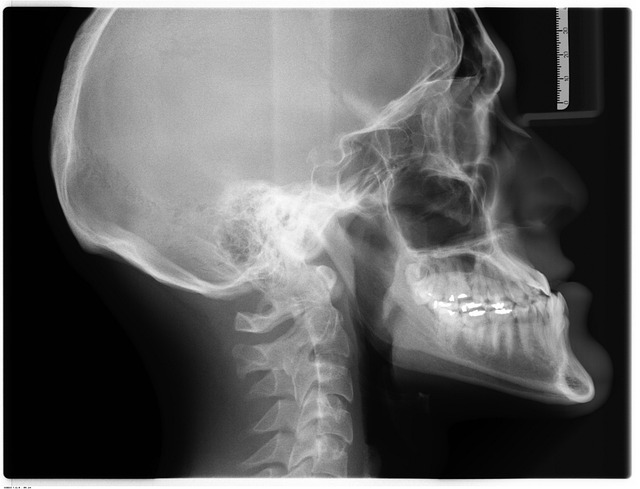Effective patient communication in chiropractic care is crucial, focusing on identifying 'red flags' like severe pain, mobility issues, or neurological deficits to prevent misdiagnosis and improper treatment. Open dialogue about fears, previous injuries, and symptoms allows chiropractors to tailor personalized approaches and alternative diagnostic methods for safe, successful care, especially for individuals with pre-existing conditions.
Ignoring patient concerns can have severe consequences, especially when it comes to chiropractic treatment. This article delves into the crucial aspect of recognizing red flags in communication, highlighting potential risks associated with chiropractic care and offering solutions for addressing these concerns effectively. Understanding these red flags is essential for healthcare providers to ensure patient safety and deliver quality care. By implementing strategies to address concerns, chiropractors can foster trust and enhance treatment outcomes.
- Recognizing Red Flags in Patient Communication
- Potential Risks: Chiropractic Treatment Complications
- Addressing Concerns for Effective Care Delivery
Recognizing Red Flags in Patient Communication

Patient communication is a crucial aspect of healthcare, and recognizing red flags can make all the difference in ensuring effective chiropractic treatment. When patients express concerns or describe symptoms, it’s essential to pay close attention. Red flags in patient communication may include specific complaints that are out of the ordinary, such as severe or persistent pain, unexpected limitations in mobility, or peculiar sensations like tingling or numbness radiating down an arm or leg. These could be indicators of underlying issues that require immediate attention and might not be directly related to chiropractic adjustments.
Chiropractors should also look for verbal cues, such as a patient’s tone of voice or body language, which may suggest distress or dissatisfaction. For instance, if a patient expresses fear or hesitation during treatment or provides detailed accounts of previous injuries and ongoing discomfort, it warrants further investigation. Promptly addressing these red flags can help chiropractors tailor their approach, consider alternative diagnostic methods, and ultimately provide more personalized care to their patients.
Potential Risks: Chiropractic Treatment Complications

Chiropractice treatment, while often considered a safe and effective form of alternative medicine, is not without potential risks. One significant concern lies in the possibility of complications arising from misdiagnosis or inappropriate manipulation. Red flags chiropractic treatment should be taken seriously by both patients and practitioners to avoid adverse outcomes. These red flags include severe or sudden pain, numbness, tingling, or weakness in the affected area, as well as any unusual symptoms that develop post-treatment.
Moreover, pre-existing conditions such as osteoporosis, arthritis, or herniated discs may increase vulnerability to complications. Patients with these conditions should exercise caution and be closely monitored during chiropractic adjustments. Open communication between patient and chiropractor is crucial in identifying red flags early on and ensuring safe, effective treatment tailored to individual needs.
Addressing Concerns for Effective Care Delivery

In chiropractic care, addressing patient concerns is paramount for effective treatment and building trust. Ignoring red flags or signs of distress can lead to misdiagnosis and inappropriate treatment, causing further harm. Chiropractors must cultivate an environment where patients feel heard and understood, encouraging open communication about their symptoms, fears, and expectations. By proactively seeking out and addressing these concerns, healthcare providers can tailor their approach to each individual’s unique needs, ensuring a more satisfying and successful recovery journey.
Early identification of red flags in chiropractic treatment involves thorough patient history assessments, physical examinations, and continuous observation. Recognizing these flags—such as severe or persistent pain, neurological deficits, or unusual symptoms—is crucial for timely intervention. Effective communication becomes a powerful tool when healthcare professionals translate complex medical jargon into understandable terms, empowering patients to actively participate in their care decisions. This collaborative approach fosters a sense of partnership, promoting adherence to treatment plans and overall well-being.
Effective chiropractic care relies on open and transparent communication, where recognizing red flags in patient interaction is crucial. By understanding potential risks associated with treatment, practitioners can proactively address concerns, fostering trust and ensuring safe, effective care delivery. Navigating these complexities demands a vigilant approach to identifying and mitigating issues, ultimately safeguarding patients’ well-being. In the realm of chiropractic, this proactive mindset is a game-changer, ensuring both satisfaction and safety in every interaction.














